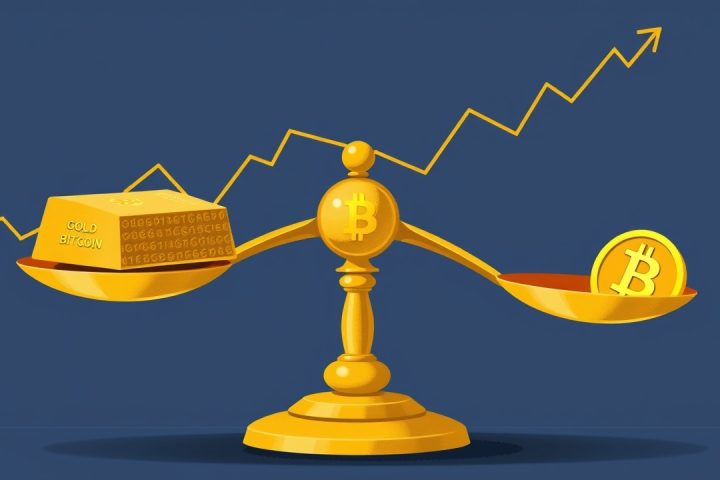Introduction to Stablecoins
In recent years, stablecoins have made significant strides in the financial sector, offering benefits such as quicker transaction times and reduced cross-border fees, as well as the capability for programmed rewards. These digital currencies, which first emerged in 2014 to stabilize the volatile cryptocurrency landscape, have begun playing a major role in U.S. payment systems, as evidenced by the increasing interest from large businesses and financial entities.
Challenges with Traditional Payment Systems
U.S. merchants currently face steep fees—over $100 billion annually—due to traditional credit card processing, which takes a cut of 1.5% to 3.5% from each transaction. This business model often forces retailers to pass on costs to consumers, contributing to higher prices. In contrast, stablecoins operate on decentralized networks, enabling near-instant settlements and significantly lower fees, which can translate to savings for both merchants and their customers.
Integration of Stablecoins in Commerce
Notable advancements include Ripple’s RLUSD, the Gemini XRP Card, and Moca’s Air Shop, showcasing a trend where stablecoins are becoming increasingly integrated into everyday commerce. By decoupling the traditional banking model—where handling payments and providing banking services were the domain of banks—stablecoins facilitate a more efficient transaction ecosystem that appeals directly to technological advancements in finance.
Cost Implications of Credit Cards
Credit cards, while convenient and widely used around the globe, impose hidden costs that merchants often absorb or pass on to consumers. Every time a purchase is made using a credit card, the involved financial networks take a portion, enhancing their profits at the expense of retailers and their customers. Merchant profits shrink under this existing system, driving businesses—especially in sectors like travel and retail—to search for alternatives like stablecoins.
Stability and Trust in Stablecoins
Stablecoins are designed to maintain their value by pegging themselves to stable fiat currencies, primarily the U.S. dollar. Their stability allows for everyday transactions without the volatility associated with typical cryptocurrencies. Coins such as USDC and RLUSD rely on reserves to ensure their value remains consistent, fostering trust among users. This newfound reliability, combined with blockchain efficiency, opens opportunities for businesses and consumers to engage with a faster payment alternative.
Comparative Advantages of Stablecoins
The debate between stablecoins and credit cards centers on two key issues: high transaction fees and delays in fund settlement. Although credit card payments might feel immediate to consumers, merchants often wait one to three days to receive funds, which can disrupt cash flow and business operations. In contrast, stablecoins facilitate blockchain-based transactions that settle almost instantly, which significantly reduces processing fees and enhances financial flexibility. Major companies are beginning to leverage stablecoins, not only for reducing costs but also for implementing loyalty programs that provide real, transferable rewards for customers.
Case Studies and Future Outlook
The Gemini XRP Credit Card offers cashback rewards in XRP for various purchases and allows for seamless transactions without annual fees, representing a strategic collaboration with Ripple.
Meanwhile, the upcoming Air Shop platform will introduce a novel loyalty scheme through Stable-Points, which are redeemable across millions of merchants, thus breaking away from traditional loyalty programs that can be limiting.
As the landscape of payment processing shifts, the potential for stablecoins to capture even a fraction of the current credit card transaction market could result in substantial savings—redirecting billions back to businesses and consumers alike. Major players like Amazon and Walmart are examining proprietary stablecoins, foreseeing the capacity for reduced transaction fees and revitalized customer loyalty incentives.
Conclusion
With the right regulatory framework in place and growing institutional adoption, stablecoins are poised not just as an alternative but as a potential cornerstone of the future U.S. financial system. As both consumer confidence and the technology behind blockchain develop, stablecoins could pave the way for a transformative era in payment processing, reshaping the traditional dynamics of finance in a landscape characterized by over $100 billion in credit card fees annually.




